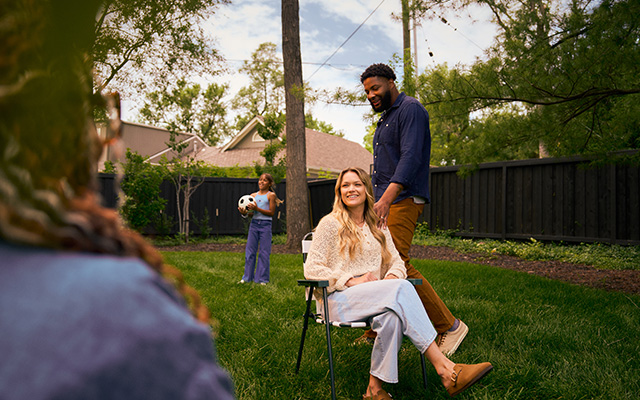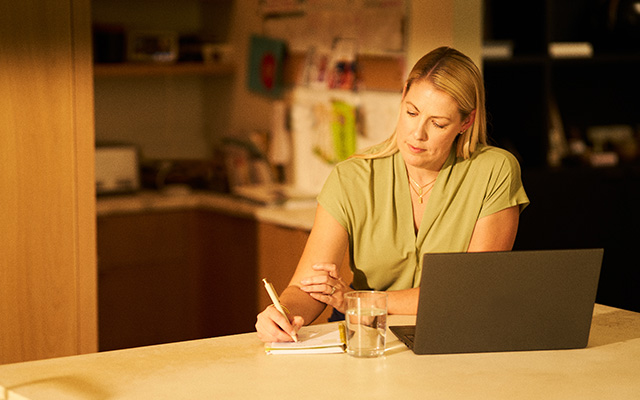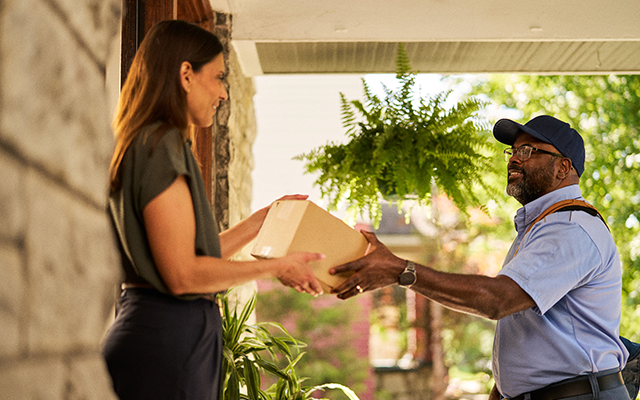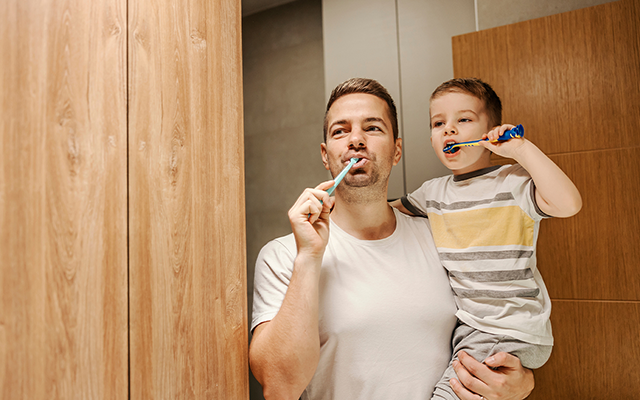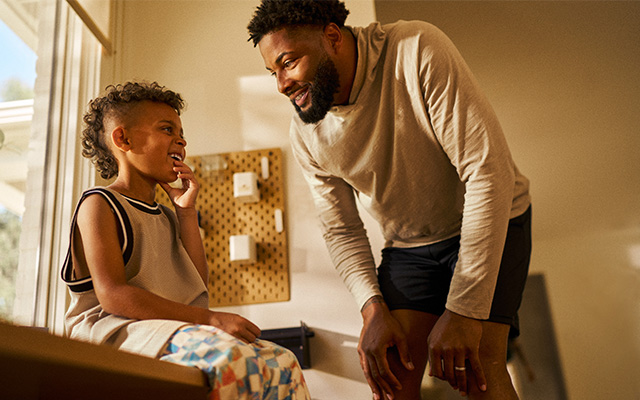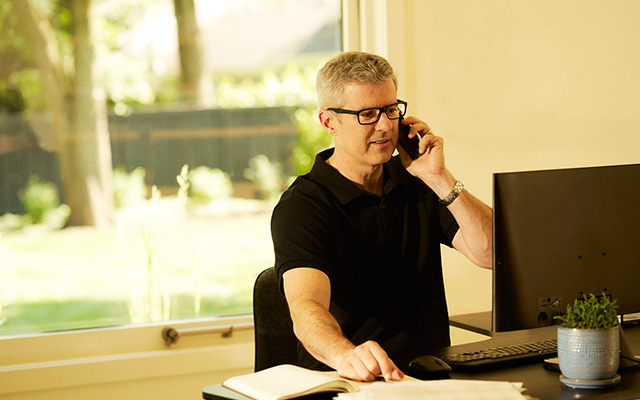Tips for preventing lower back pain
GEHA | April 2, 2021
Low back pain is one of the most common medical problems, experienced by eight out of 10 people at some point during their lives.
Studies show that imaging (X-rays, CT scans or MRIs) of the lower spine before six weeks have passed since the pain started does not improve outcomes – but does increase costs. Most patients recover within several weeks. Disc herniations usually regress or reabsorb within eight weeks.
Risks associated with imaging include radiation exposure, more unnecessary treatment and an increase the likelihood of a potentially unnecessary surgery. In certain situations imaging is more appropriate, like when the doctor’s evaluation shows red flags, including a fever, sudden back pain with spinal tenderness, loss of bladder or bowel control, trauma or serious underlying medical condition such as cancer.
In general, imaging should be used for patients when noninvasive, conservative treatments fail and surgery or therapeutic injection are being considered.
You can help prevent low back pain:- Exercise your core. Strong core muscles provide support for the lower back.
- Stretch your hamstrings. Tight hamstrings can cause low back pain.
- Practice good posture. Poor posture places pressure on your back and can cause degenerated discs to be more painful.
- Lift heavy objects correctly. Squat and lift with your legs, not with your back.
- Improve your overall physical health. Anything you do to improve your fitness and general health will benefit your spine, too.
In some cases, imaging tests can be helpful in the diagnosis and treatment of low back pain. These tests include X-rays, CT scans and MRIs. When is imaging a good idea? Talk to your doctor if you have back pain with any of the following symptoms:
- Weight loss that you cannot explain
- Fever over 102° F
- Loss of control of your bowel or bladder
- Loss of feeling or strength in your legs
- Problems with your reflexes
- A history of cancer
These symptoms can be signs of nerve damage or a serious problem such as cancer or an infection in the spine.
Sources:
“8 tips to help ease your back pain.” health.ucdavis.edu, University of California-Davis School of Medicine, 7 June, 2022.
“The use of imaging in management of patients with low back pain.” ncbi.nlm.nih.gov, National Center for Biotechnology Information, 24 August, 2018.
“American College of Physicians issues guideline for treating non-radicular low back pain.” acponline.org, American College of Physicians, 14 February 2017..


